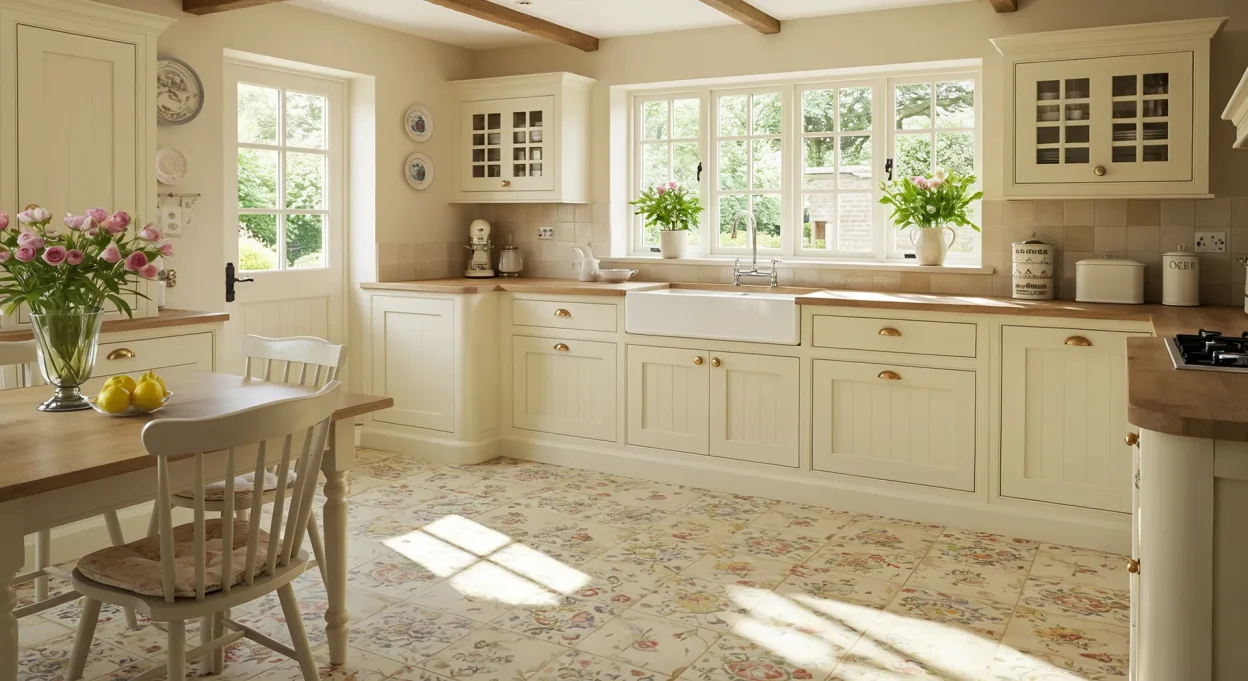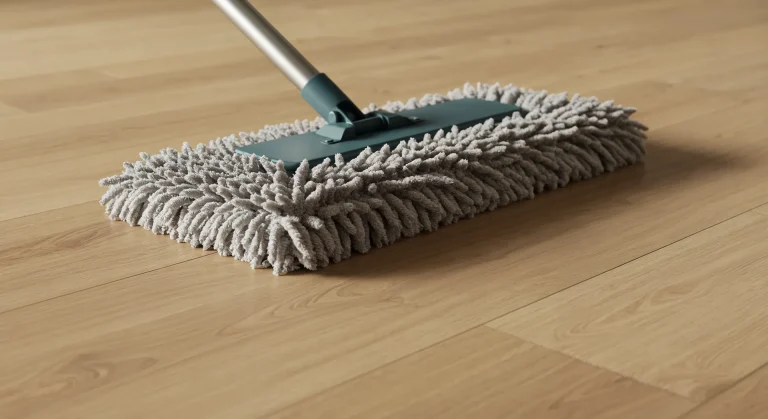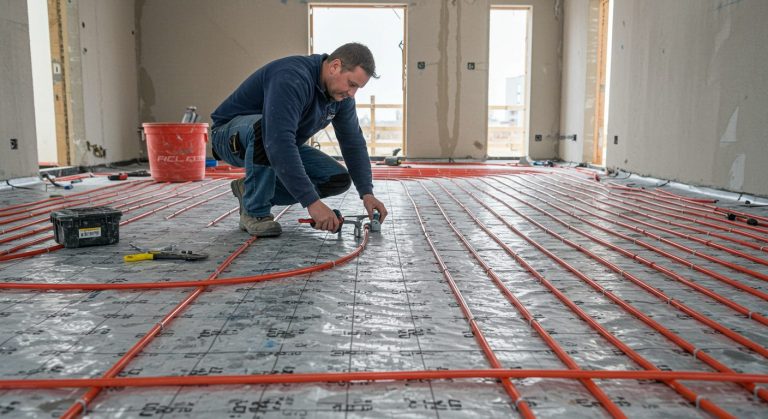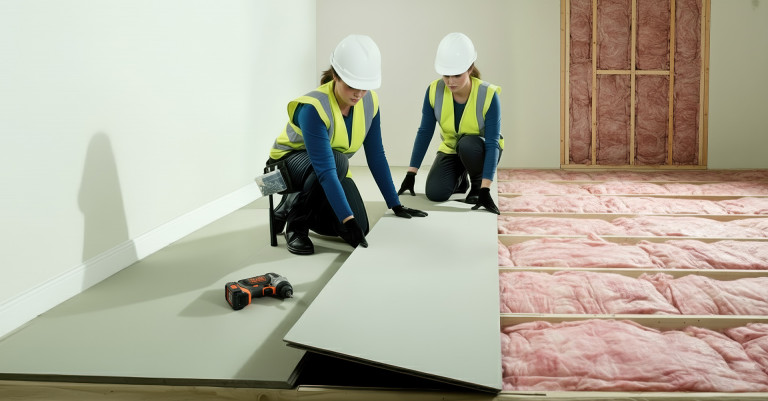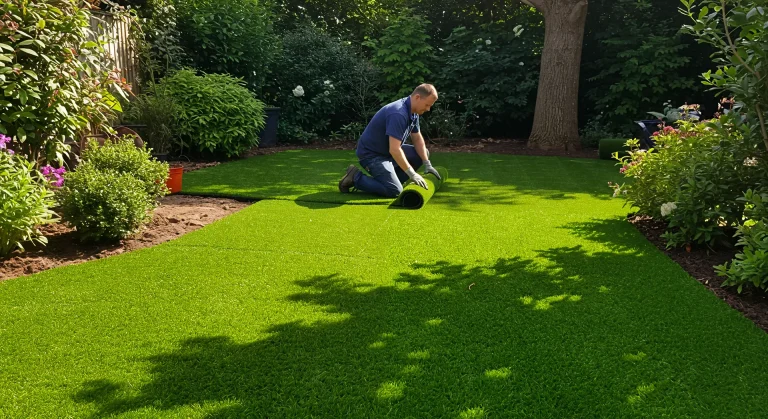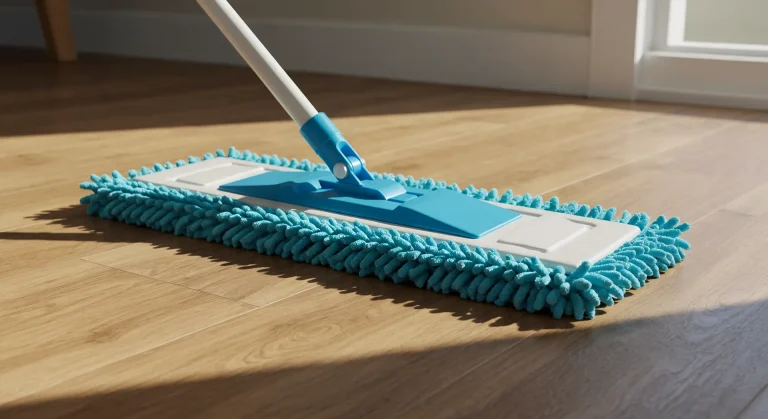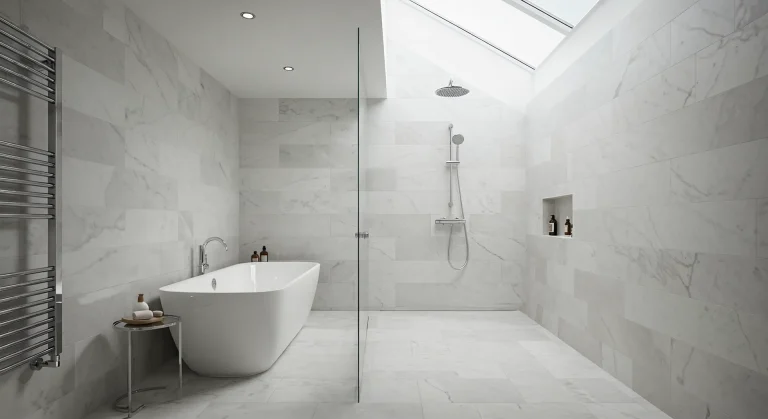Choosing a new floor can be a daunting task, especially with the vast array of materials on the market. If you’re looking for a solution that combines comfort, practicality, style, and affordability, you’ve likely come across the term cushion flooring. Hugely popular in UK homes for decades, modern cushion flooring offers more benefits and design choices than ever before, making it a strong contender for many rooms in the house.
But what exactly is it? How does it differ from other types of vinyl like LVT? And what should you look for to ensure you’re buying a quality product that will last? This guide is designed to answer all those questions. Consider this your complete buyer’s manual, covering everything you need to know about cushion flooring before you make a decision for your UK home in 2025.
Jump to Section:
- What Exactly is Cushion Flooring (and is it the same as “Lino”)?
- The Main Attractions: Why Consider Cushion Flooring?
- The Reality Check: Potential Downsides to Be Aware Of
- A UK Buyer’s Checklist: What Defines Quality in Cushion Flooring?
- Perfect Placements: Best (and Worst) Rooms for Cushion Flooring
- A Glimpse at Installation: What’s Involved in Fitting Cushion Flooring?
- Long-Term Care: How to Keep Your Cushion Floor Looking Great
- Budgeting for Comfort: Cushion Flooring Costs in the UK (2025)
- Final Verdict: Is Cushion Flooring the Right Choice for You?
What Exactly is Cushion Flooring (and is it the same as “Lino”)?
Cushion flooring is a type of sheet vinyl flooring. The key feature that gives it its name is a padded or cushioned backing layer, which provides a softer, more forgiving feel underfoot compared to harder flooring types. It is constructed from multiple layers fused together:
- Protective Wear Layer: A clear top layer that protects the design from scuffs, scratches, and stains.
- Print Layer: The decorative layer that carries the pattern – this could be a realistic wood or stone effect, a geometric design, or a solid colour.
- Cushion Layer: A layer of foam or felt that provides the signature softness, warmth, and sound insulation.
- Backing Layer: A final layer that provides structural support.
In the UK, the terms “lino,” “vinyl,” and “cushion floor” are often used interchangeably in casual conversation. However, true linoleum is a different material made from natural products like linseed oil. What most people refer to as “lino” today is almost always modern sheet vinyl, and cushion flooring is a specific, comfortable type of sheet vinyl.
The Main Attractions: Why Consider Cushion Flooring?
This flooring type remains a UK favourite for many practical reasons:
- Comfort & Warmth Underfoot: This is its standout benefit. The cushioned layer provides a noticeable softness and is significantly warmer to the touch than tiles, stone, or even some thicker LVT, making it pleasant for bare feet in bathrooms and bedrooms.
- Water Resistance: The surface of sheet vinyl is non-porous and waterproof, making it an excellent choice for moisture-prone areas like kitchens, bathrooms, and utility rooms.
- Affordability: It is one of the most budget-friendly flooring solutions on the market, offering great style for a lower initial cost.
- Easy Cleaning & Hygiene: Often installed as a single seamless sheet in smaller UK rooms, it has few or no joints where dirt and germs can hide. Its smooth surface is incredibly easy to wipe clean.
- Good Sound Reduction: The cushioned layer helps to dampen ambient sound and reduce the noise of footsteps, creating a quieter home environment.
- Huge Design Variety: Available in a vast range of styles, from highly realistic wood and stone effects to bold geometric patterns and colourful designs, perfect for any interior scheme.
The Reality Check: Potential Downsides to Be Aware Of
Before you buy, it’s important to understand the trade-offs:
- Durability vs. LVT: While durable for everyday use, cushion flooring is generally softer and has a thinner wear layer than premium Luxury Vinyl Tile (LVT). It can be more susceptible to dents from heavy appliances, or tears and cuts from sharp objects.
- Subfloor Sensitivity: Because it’s a flexible sheet material, the subfloor beneath it must be very smooth. Any bumps, screw heads, or imperfections in the subfloor can “telegraph” through to the surface over time, becoming visible as lumps or ridges.
- Appearance & Realism: While designs are excellent, it generally doesn’t achieve the same level of premium realism as LVT, which has individual planks with bevelled edges that better mimic real wood or stone tiles.
- Repair Difficulty: If you get a deep cut or tear in the middle of the floor, it can be difficult to repair invisibly. Unlike LVT where a single plank can be replaced, damaged sheet vinyl often requires careful patching or full replacement.
A UK Buyer’s Checklist: What Defines Quality in Cushion Flooring?
When shopping for cushion flooring, look beyond the pattern. These quality indicators are key:
- Wear Layer Thickness: This is crucial for longevity. The wear layer is measured in millimetres. For low-traffic areas like a bedroom, a 0.2mm wear layer might suffice. For moderate to high-traffic areas like kitchens and hallways, look for a wear layer of 0.25mm, 0.3mm, or higher for better resistance to scuffs and scratches.
- Overall Thickness: Total thickness (e.g., 2mm, 3mm, 4.5mm) generally correlates with comfort and durability. A thicker floor will have more cushioning and often feel more substantial underfoot.
- Slip Resistance (R-Rating): For kitchens and especially bathrooms, safety is vital. Look for cushion flooring with a textured surface or a certified R-Rating. R10 is a great standard for domestic wet areas, indicating enhanced grip.
- Texture: Some higher-quality cushion floors have a textured surface that aligns with the printed pattern (e.g., a slight wood grain feel), which adds to the realism.
- Warranty: A longer residential warranty (e.g., 10, 15, or 20 years) is a good sign of the manufacturer’s confidence in the product’s durability.
- Brand/Retailer Reputation: Reputable UK flooring retailers and well-known brands like Leoline, Tarkett, or Forbo’s vinyl ranges generally offer better quality control and more reliable products.
Perfect Placements: Best (and Worst) Rooms for Cushion Flooring
Cushion flooring is an excellent choice for specific areas in a UK home:
Best For:
- Bathrooms & WCs: Its waterproof surface and seamless installation in small rooms make it ideal. It’s also warm underfoot.
- Kitchens: A very popular choice due to its water resistance, comfort for standing, and ease of cleaning.
- Utility Rooms: A practical, hard-wearing, and easy-to-maintain solution.
- Children’s Bedrooms & Playrooms: The softness provides a forgiving surface for play, and it’s easy to clean up spills and messes.
Use with Consideration:
- Living Rooms & Hallways: It can be used, but choose a high-quality option with a thick wear layer (0.3mm+) to cope with higher traffic and potential scuffing from furniture. Its resilience makes it a practical option for busy family homes, including those in coastal areas needing a floor that’s easy to clean from sand.
Generally Avoid:
- Very high-traffic commercial spaces (unless a specific commercial-grade product is used).
- Areas where very heavy items with sharp feet will be placed without protection, due to the risk of indentation.
A Glimpse at Installation: What’s Involved in Fitting Cushion Flooring?
While some confident DIYers tackle it, a professional fitting often yields the best, most durable result, especially in larger or complex-shaped rooms.
- Subfloor Preparation: This is the most critical step. The subfloor must be perfectly smooth, clean, and dry. Old floorboards often need to be overboarded with plywood to create a suitable base.
- Installation Method:
– Loose-Lay: In small, simple UK rooms (often cited as under 10-12 m²), the vinyl can be cut to size and laid without adhesive, held down by furniture and skirting boards. Double-sided tape is used at doorways and any seams.
– Full Glue-Down: For larger rooms, high-traffic areas, or rooms with UFH, the vinyl is fully bonded to the subfloor with a suitable adhesive. This provides maximum stability and prevents any bubbling or movement. - Sealing: In kitchens and bathrooms, it’s essential to apply a bead of silicone sealant around the entire perimeter (at the skirting/wall junction) and around all fixtures to create a fully watertight seal.
Long-Term Care: How to Keep Your Cushion Floor Looking Great
One of the best things about cushion flooring is how easy it is to maintain:
- Regular Cleaning: Sweep or vacuum (using a hard floor head without a beater bar) to remove grit.
- Wipe Spills: Clean up spills promptly with a damp cloth.
- Damp Mopping: Use a well-wrung mop with a pH-neutral cleaner designed for vinyl floors. Avoid soaking the floor.
- Protection: Use felt pads under all furniture legs to prevent dents and scratches. Lift, don’t drag, furniture.
- Avoid: Abrasive scouring pads, harsh chemical cleaners like bleach or ammonia, and wax polishes. Most manufacturers advise against using steam mops.
Budgeting for Comfort: Cushion Flooring Costs in the UK (2025)
Cushion flooring is one of the most affordable flooring types.
- Material Costs: Expect to pay approximately £10 – £35+ per square metre in the UK. The price is influenced by the overall thickness, wear layer thickness, brand, and design complexity. You can find very budget-friendly options at the lower end, while premium, highly realistic, and durable options will be at the upper end.
- Installation Costs: If you opt for professional fitting, expect costs to range from £10 – £20+ per square metre, depending on the size of the room, the need for subfloor preparation, and the installation method (glue-down can be more).
Final Verdict: Is Cushion Flooring the Right Choice for You?
So, now you know everything you need to know about cushion flooring before you buy. It is a fantastic, practical, and highly comfortable flooring solution, particularly well-suited to the functional areas of a UK home like kitchens, bathrooms, and utility rooms. Its key strengths lie in its water resistance, warmth underfoot, easy maintenance, and affordability.
While it may not offer the premium feel or refinishing potential of real wood, or the sheer toughness of LVT or porcelain tiles, modern cushion flooring provides incredible value and a huge range of attractive styles. If you are looking for a comfortable, practical, and budget-friendly floor for a specific area, and have prepared your subfloor well, cushion flooring is an excellent and sensible choice.

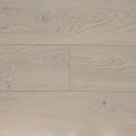 Light
Light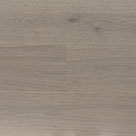 Grey
Grey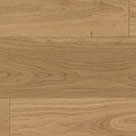 Natural
Natural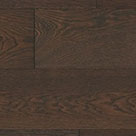 Dark
Dark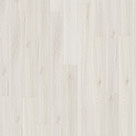 White
White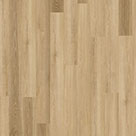 Light
Light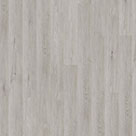 Grey
Grey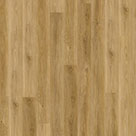 Natural
Natural Dark
Dark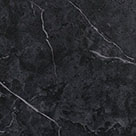 Black
Black